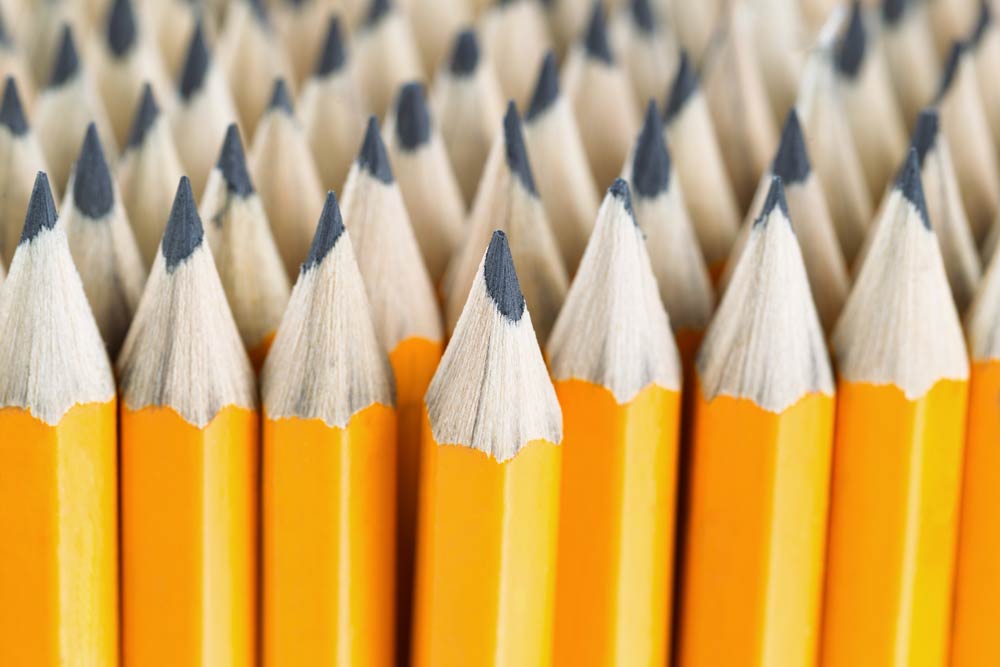By Judy Willis, MD
Original Source: Edutopia
Originally posted November 19, 2013
Practice makes perfect
For many students, the brain isn’t a hot topic of conversation. This is especially true for younger students who are still trying to understand the world around them, and are still far from developing physiological self-awareness of the very thing that gives them that self-awareness.
But helping students develop “brain literacy” doesn’t have to be a matter of dry science pumped full of confusing jargon. Understanding the brain can be empowering for students as they recognize their ability to strengthen it each time they use it. As a teacher, you can emphasize how using the executive functions, both in the classroom and outside of school, increases their strength for academic success. Practice makes perfect!
To reduce anxiety about new “stuff” in the classroom — whether related to Common Core State Standards, struggles with reading, or something else entirely — you can find opportunities to emphasize students’ ability to literally build the brains they want. Remind them that, when they turn in a story, demonstrate a science principle in a skit, or even raise their hand to respond to a question, they grow more dendrites and add new layers of myelin to their axons. To them this may sound gross, but it’s actually good news. By activating these brain networks, they continuously use their executive functions as they apply new learning. Like a muscle, the brain responds to interaction and activity.
Much of this kind of thinking starts with an awareness of the brain itself, and how it functions.
Helping Students Understand Their Brains
One way to help students begin to understand their brains is by explaining specific types of executive functions — or “brain actions.”
- You can support this instruction by explaining which executive functions will be activated during a unit, and how. Then invite students to describe the executive functions they believe they activated in the day’s lesson, homework, assessment or even interaction with apps, friends or social networks.
- Be specific. Remind them how the math word problem they worked on strengthened their organizing and prioritizing, which resulted in more dendrites in their brain’s connections.
- Describe how the multiple types of history documents they evaluated built their networks of reasoning and deduction, and added more myelin to the axons in those brain highways.
Through your words, diagrams and pipe-cleaner representations of the neuroplastic response, students’ confidence in their executive functions will increase, along with their comfort and pleasure in their growing independence and self-awareness.
Building Student “Brain Literacy”
A second grade class could have an “Executive Function of the Week.” After introducing a new function and giving an example, you could invite students to offer their own examples. The emphasis here should not be on a formal definition, but an understanding about how they have applied and increased their capacity.
Other examples for elementary students might include:
- Judgment
- What is a fair way to take turns when six students want to play 4-Square, a two-person handball game?
- What do you say when a friend is being mean to another classmate?
- How do you respond differently when a two-year old sibling, a new puppy, or an older brother damages your toy?
- Which library book do you select when you like three and can choose only one?
- How much paint of each color should you take for your table group’s project?
- Priority
- Which television programs do you most want to watch for your hour of TV?
- Which of your favorite stuffed animals should you pack for vacation when there is room for only two?
- Should you take full notes during a lecture or jot down key words to fill in later from a book or with a classmate?
- Organize
- How do you sort your music on playlists?
- How do you find and sort art materials for others?
- How do you organize your classroom desk materials?
- Analyze
- What strategies are best when playing a card or video game (independently and with others)?
- Is something your friend said about monsters in their closet true? How can you find out?
- Which your favorite video games can you complete? Which might be too easy or too hard?
- What does a new word mean based on context clues?
- Cognitive Flexibility
Cognitive flexibility and emotional self-control both support students’ capacity to be more responsive to corrective feedback and learn from mistakes (rather than reacting to them as further evidence of the futility of their effort).- How do you react when a substitute teacher does things a different way?
- How do you adapt when disappointed by changes in family plans?
- When you don’t get your first choice of the topic you want to write about, how do you find things you like about one of the other choices?
A Growing Awareness
Just as students are aware of the health of their teeth, limbs or senses, they can also develop a recognition of how their brain functions, specifically which executive functions they use and when. This kind of visibility can help students build a powerful awareness of their own thinking patterns, and how “school” and “play” are not always so different at the brain level. It can build confidence, reduce stress, and keep them cognitively primed for learning, while also increasing their “fluency” with very basic neurology — which may not be as crazy as it sounds.
My next blog will examine ways to gradually increase activating executive functions across all levels of academic instruction and assessment. The plan builds upon progressive successes that will reveal students’ incremental progress as they achieve new challenges.
 So, you are ready to take on the seemingly monumental task of beginning your
So, you are ready to take on the seemingly monumental task of beginning your  Here are ten exercises to help
Here are ten exercises to help  I was once asked to
I was once asked to  Alternative algorithms that break addition, subtraction, division, and
Alternative algorithms that break addition, subtraction, division, and